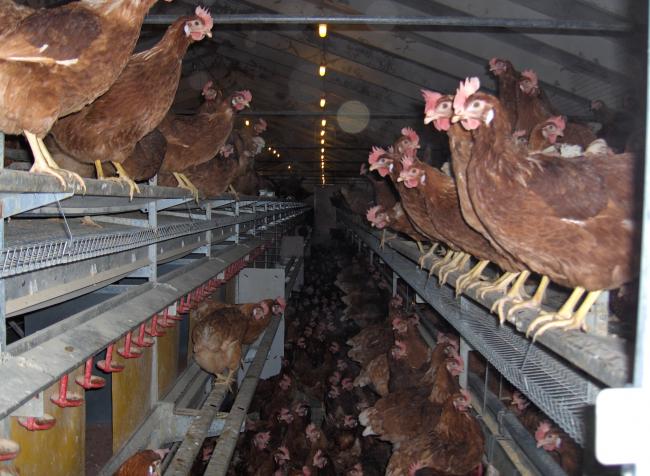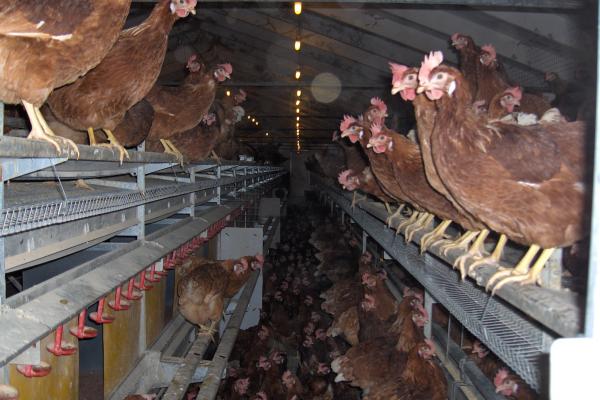Techniques to reduce ammonia and greenhouse gases emissions in non-caged laying hen houses

The OG objective is to determine the reduction of ammonia and greenhouse gases emissions that can be realized in some innovative types of housing system salternative to cages for laying hens: the aviary system combined to the external drying tunnel and the system with longitudinal ventilation under the perchery. The ammonia emission levels associated with the techniques will allow to provide elements to qualify the techniques as BAT.
The main activities that will be undertaken are:
- development of the network of sensors for continuous monitoring of ammonia concentrations;
- monitoring of the system aviary + drying tunnel;
- monitoring of the system aviary with additives in feed;
- monitoring of emissions from storage heaps;
- monitoring of emissions from the ground system with longitudinal ventilation;
- emissions from manure land spreading;
- integrated assessment of the reduction of emissions throughout the supply chain.
The OG objective is to determine the degree of reduction of ammonia and greenhouse gases emissions that can be realized in some innovative types of housing systems alternative to cages for laying hens: the aviary system combined to the external drying tunnel and the system with longitudinal ventilation under the perchery. The ammonia emission levels associated with the techniques will allow to provide elements to qualify the techniques as BAT. The main expected results are:
• Quantification of ammonia emissions from the housing system for laying hens on the ground with a longitudinal ventilation, to qualify the techniques as BAT.
• Quantification of the reduction of ammonia emissions achieved with the association of the external drying tunnel to the aviary system.
• Quantification of the reduction of ammonia emissions achieved with the association to the aviary system of complementary feed with antioxidant action.
• Quantification of emissions during storage and land spreading of poultry manure with different composition.
| Titolo/Descrizione | Url | Tipologia |
|---|---|---|
|
Sito web del progetto
|
Sito web
|
|
|
Quantificare la riduzione delle emissioni di ammoniaca di alcune soluzioni innovative per i sistemi di allevamento alternativi alle gabbie
|
Materiali utili
|
|
|
Newsletter n. 1
|
Materiali utili
|
|
|
Monitoraggio delle emissioni dai ricoveri di galline ovaiole In sistemi a voliera
|
Materiali utili
|
|
|
Gas Free Hens alla Fieragricola di Verona - Presentazioni e Programma
|
Materiali utili
|
|
|
Gas Free Hens spiegato in un articolo
|
Materiali utili
|
|
|
Newsletter n. 2
|
Materiali utili
|
|
|
Newsletter n. 3
|
Materiali utili
|
|
|
Concluse le attività del Gruppo Operativo per l’Innovazione
|
Materiali utili
|
|
|
video clip con spiegazioni sui risultati del progetto
|
Materiali utili
|
|
|
GasFreeHens su Agronotizie
|
Materiali utili
|
